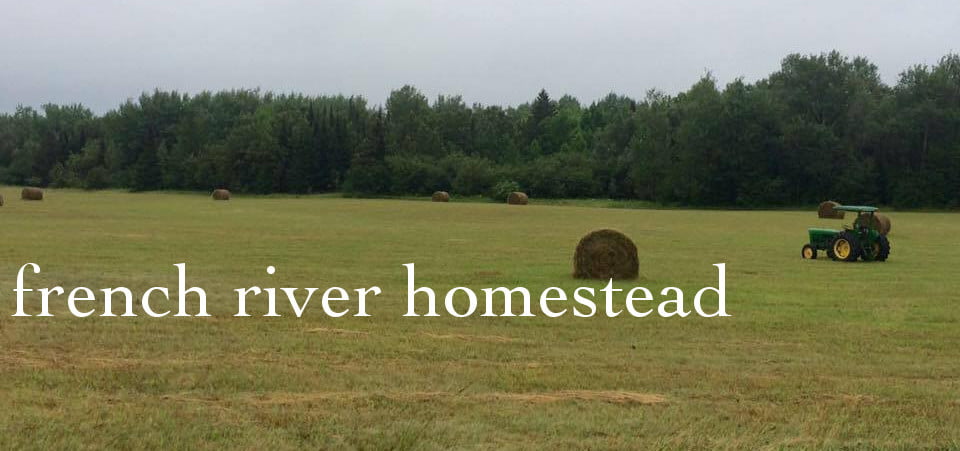We’ve already taken a look at some of the beginning planning stages of starting a homestead. If you haven’t already, read my two part series on planning here and here. Aside from getting out of your current debt and saving to purchase land, there is a lot of planning involved in the beginning stages. Now, lets assume that you’ve already purchased your land, so let’s talk about how to get your homestead started.
The first thing that has to happen now? More planning! I know, I know, I’m getting tired of planning, and I desperately want to get to the doing. However, the more time spent planning efficiently in this stage, the easier things will be down the road with less surprises. When you’re planning on how to start your homestead, the first thing to consider is what exactly do you want to do with your land. What crops do you want to grow, how do you want to make money with your land, how self sufficient do you want to be. These questions are obviously dependent upon the region, climate, and topography of your land as well as soil and water quality. Up here in northern Minnesota it would be foolhardy of me to plan on investing time and money to grow crops that only flourish in tropical climates.
Some examples of how to make money with your land could include: vegetable or fruit gardening, ornamental trees, grains, fruit orchards, timber harvesting, livestock, dairy farming, mushroom farming, beekeeping, syruping, or niche gardening. What’s most important is that you decide on something that suits your land and is something you can envision yourself enjoying so that it is sustainable. While it’s important to consider the financial cost vs. return, it doesn’t make sense to plan on growing a crop that isn’t practical or is something you hate doing. If you don’t enjoy it, it won’t be sustainable. In our instance, I am planning on a small vegetable garden to sustain my family that I may expand down the road as part of our business plan. Our beginning business plan focuses on an apple orchard and the hayfield that is currently on the property. I do want to experiment with some niche crops that are more profitable in smaller yields as well. Since I have a full-time job already, I’m not sure that I can commit the time to harvesting 20 acres of crops, so I want to get the largest return on the space I can manage. Things I am considering include: mushroom farming, lavender, ginseng, and garlic as my specialty crops.
Now that you’ve (hopefully) narrowed down your ideas for how you want to use your homestead to generate some income, it’s time to plan on how the property functions. This would include placement of structures and crop spaces. It’s important to plan for as many things as you can envision, even if they won’t come until later. It’s extremely inefficient to build a barn now, only to realize down the road that site is the only suitable location for your cornfield. When considering your crops, keep in mind the conditions they require so that you can situate them in the perfect location on your property. In our instance, I’ve already talked about how we can’t afford to build our house yet. Instead, we’ll be building a 20×30 garage to live in temporarily while we sell our current house. Then we’ll pay off our land loan and save up to build our house. Then, the garage will become my woodworking and blacksmithing shop. This requires me to plan the location of both structures as well as utilities to both. Furthermore, I have to plan the location of our barn, wood shed, garden shed, solar wood drying kiln, chicken coop, greenhouse, septic mound, well, and the aforementioned crop spaces.
Not only do you have to plan the location of the structure, but again, consider it’s function. I’ll use myself again as another example. We’re building our garage first before any other structure is placed. After that, most of the other outbuildings will come before we build the house. Now, the solar wood kiln requires south facing solar access, so I need to keep that in mind so that I don’t block the sun when I construct the barn. On the other hand, the barn needs to be located off the driveway so that I have access to the plow truck in the winter, and the tractor in the summer. The same functionality test should apply to your other outbuildings. If you’re lucky enough to build your house first this should be easier as you have time to consider these options.
We’re just about to the end of our planning stage, and I couldn’t be more excited. We’ve got our crop choices (mostly) narrowed down at this point. We’ve considered the functionality and locations of our outbuildings, and we’ve got the designs created for them. We’re ready to start building our garage once the snow melts, and even more ready to start our homestead. Our goal with our homestead is to be more self sufficient, and hopefully, to augment our income with the property. You might be interested in the same thing. Just remember, the more you plan now, the easier things will be when you actually start your homestead. That doesn’t mean that things can’t be flexible, but try to consider all scenarios.
